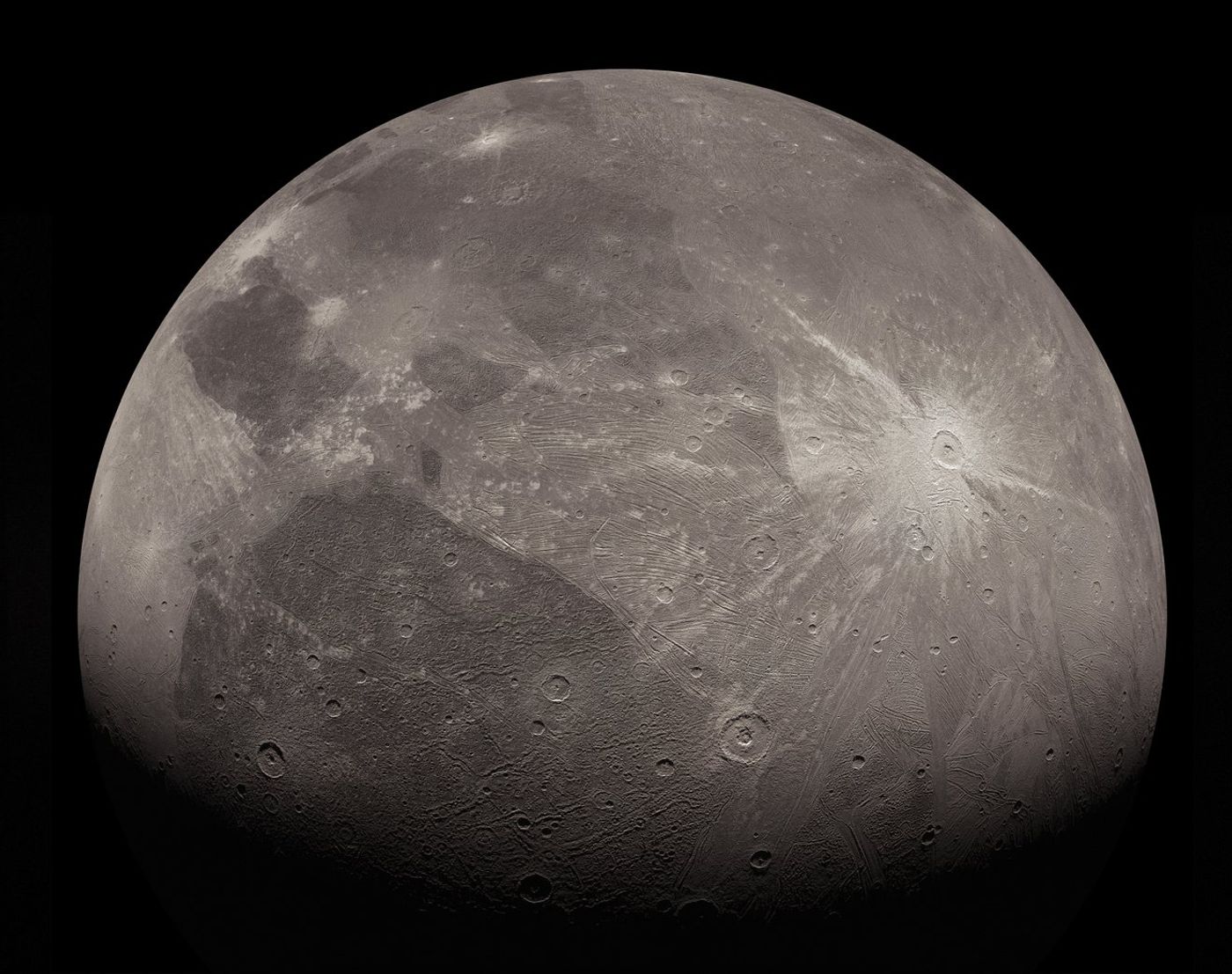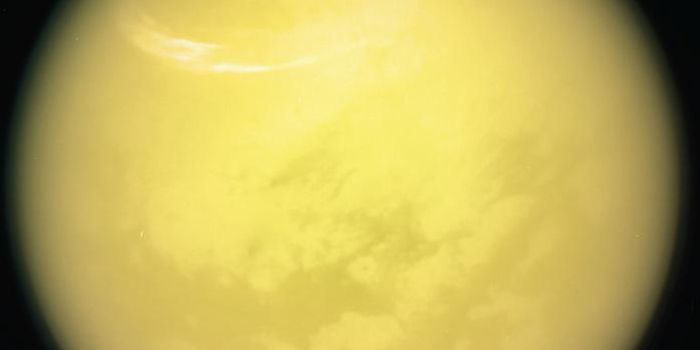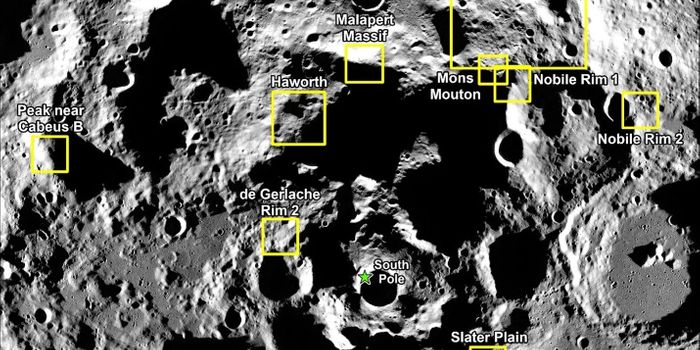Ganymede's Deep Ocean Secrets Unveiled by NASA's Juno Mission
A recent study published in Nature Astronomy examines how NASA’s Juno spacecraft identified the presence of mineral salts and organic compounds on Jupiter’s third Galilean moon, Ganymede, which scientists hypothesize came from within the moon’s interior liquid ocean. While Ganymede is a moon of Jupiter, it is the largest moon in the entire solar system, surpassing the planet Mercury in size. This study was conducted by an international team of researchers and holds the potential to help scientists gain better insight into the interior processes of Ganymede, including its habitability.
Enhanced image of Jupiter’s moon, Ganymede, obtained by the JunoCam imager on NASA’s Juno spacecraft during the June 7, 2021, flyby of the icy world. Data obtained from that flyby has been used to identify the existence of salts and organics on Ganymede. (Credit: NASA/JPL-Caltech/SwRI/MSSS/Kalleheikki Kannisto © CC BY)
For the study, the researchers used Juno’s Jovian Infrared Auroral Mapper (JIRAM) instrument, which was built by the Italian Space Agency, to obtain images and spectra during a close flyby of Ganymede on June 7, 2021, coming within 650 miles (1,046 kilometers) of the moon’s icy surface. This data revealed the presence of non-water-ice substances on Ganymede’s surface, including sodium bicarbonate, ammonium chloride, hydrated sodium chloride, and possible organic compounds.
“The presence of ammoniated salts suggests that Ganymede may have accumulated materials cold enough to condense ammonia during its formation,” said Dr. Federico Tosi, who is a co-investigator on Juno from Italy’s National Institute for Astrophysics in Rome and lead author of the study. “The carbonate salts could be remnants of carbon dioxide-rich ices.”
Based on the data, the researchers concluded that the salts and organic compounds likely originated from within Ganymede, as opposed to being from an exterior source, as the chemistry of the salts and organic compounds are indicative of the water-rock relationship inside the large moon.
Ganymede has long been hypothesized to have an interior ocean capable of supporting life, and this most recent study could help provide a glimpse into the chemistry of that ocean and what we might find down there.
What new discoveries will researchers make about Ganymede and the salts and organic compounds recently identified on its surface in the coming years and decades? Only time will tell, and this is why we science!
As always, keep doing science & keep looking up!
Sources: Nature Astronomy, NASA, Wikipedia, NASA JPL, NASA (1)









